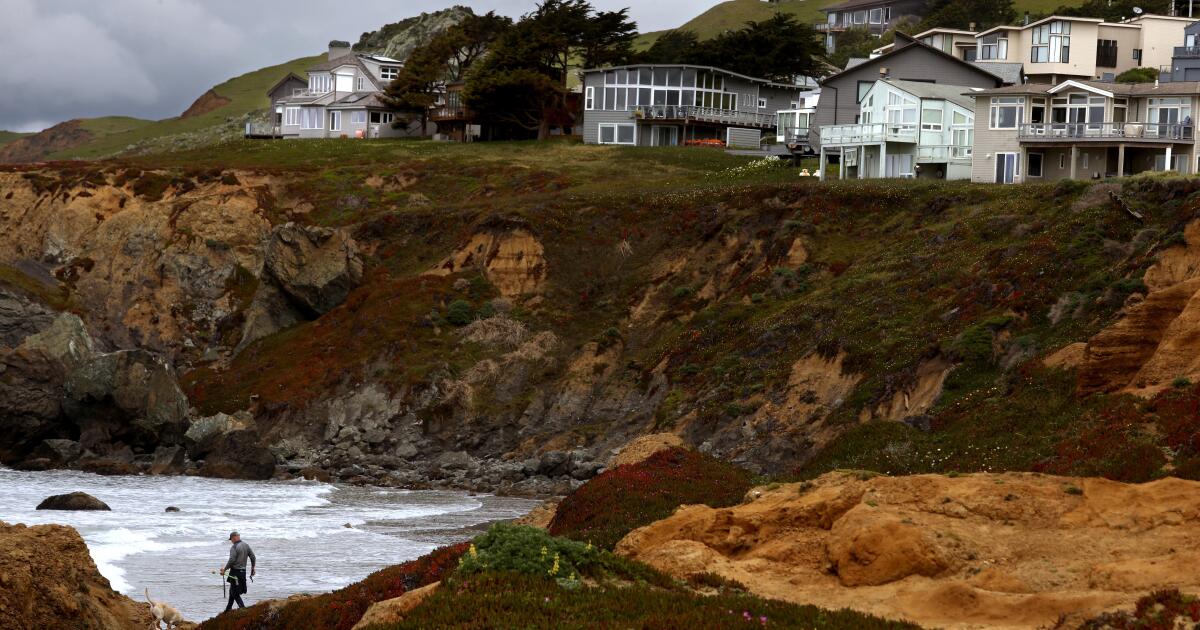A stay in Brian Maggi’s house, per the Airbnb listing, is what coastal California dreams are made of. “Bathed in natural sunlight,” it reads, you can “enjoy unobstructed panoramic views of the ocean and Point Reyes.” You can bring your dog.
Walk to the sand. Savor “the perfect getaway” in the 1928 “BoHo surf shack.” The little house in Dillon Beach, a remote town in western Marin County, is a second home for Maggi, a software designer who lives full time in Livermore, a hundred miles southeast.

He and his wife stay here a few weekends a month: Enough time to befriend neighbors and know the gossip, like who put in a new hot tub and who moved here to please a girlfriend despite hating the foggy weather. “We’re not full-time residents,” Maggi said, “but we’re not absentee owners.” When Maggi is not using the house, he rents it on Airbnb for about $300 a night.
That’s a pretty common practice in Dillon Beach where, according to county estimates , a whopping 84% of the town’s 408 housing units are second homes and 31% are used as licensed short-term rentals. Are those vacation rentals ruining California’s rugged little beach towns? Or are they opening up the coast to people who can’t afford to live there? Depends who you ask. In Marin County, on the northern end of the San Francisco Bay, short-term rentals have become a lightning rod amid an affordable housing shortage in one of the most expensive — and beautiful — places in California.
Th.
















